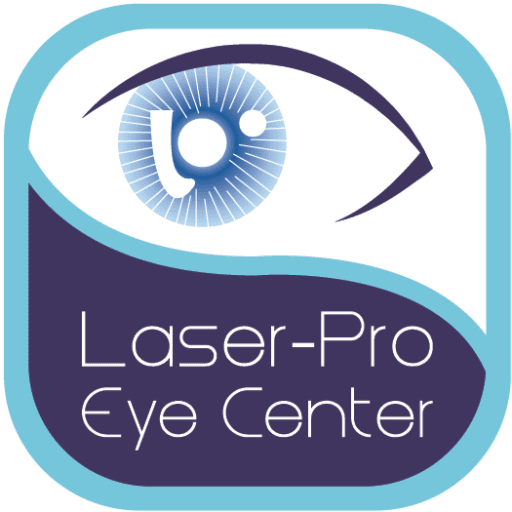Childhood Myopia
Treatment

What is childhood myopia (shortsightedness)?
Childhood myopia is a progressive form of short-sightedness (myopia) that occurs during a child’s growing years and worsens throughout childhood. The condition is easily corrected with corrective visual aids like glasses, and the condition usually stabilizes when a child reaches his or her mid-teens.
Causes of childhood myopia
Evidence indicates that progressive childhood myopia or short-sightedness is caused by a combination of genetic and environmental factors. We know that children of myopic parents are more likely to have myopia.
There is also evidence that environmental influences interacting with genes play a major role. Other habits such as long periods of detailed or close work and childhood illnesses may also influence the progression of myopia.
Another reason could be the intensity of near work, such as reading, studying and computer usage, that takes place in daily life.
Symptoms of childhood myopia
School-age children may complain that they cannot see the whiteboard at school or the bus number of the oncoming bus at the bus stop. Other signs of myopia include :
- Squinting while doing homework, reading or watching TV
- Rubbing of eyes
- Blinking
- Fatigue

Prevention / Treatment of childhood myopia
Myopia cannot be reversed or cured, but it can be slowed or prevented :
Practising good eye care habits is one of the best ways to prevent myopia in your child. While near work (such as school work, working on computers or reading) is unavoidable, ensure that your child takes frequent breaks to rest his/ her eyes.
Glasses can correct myopia.
The Singapore Eye Research Institute (SERI) has successfully conducted clinical trials* to investigate the progression of childhood myopia with the use of atropine eye drops.
*(Atropine in the Treatment of Myopia (ATOM) Study)
Practise these good eye care habits :
- Have your child participate in more outdoor activities
- Hold any reading material 30 cm away from the face/eyes and always read while sitting upright
- Be seated at least two metre away when watching television
- Computer screens should be placed approximately 50 cm away from eyes and adjusted for minimal glare
- Lighting should be sufficient to illuminate the room when reading, using the computer or watching television without causing any glare
- Take a break to rest your eyes every 30 to 40 minutes. Look out of the window at distant objects to relax the eyes.
